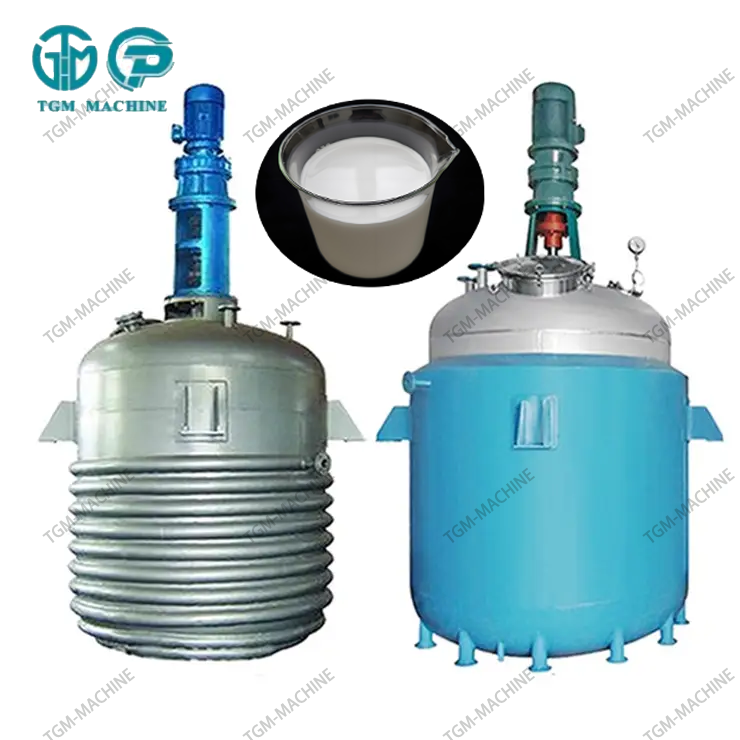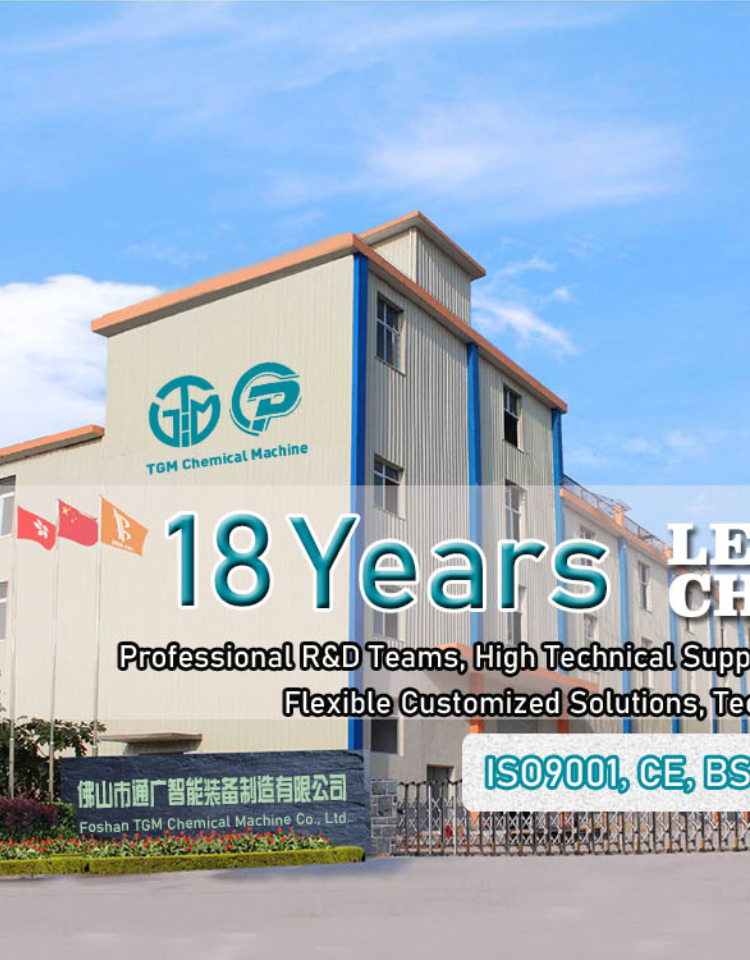Email cannot be empty
Password cannot be empty
Email format error
Email cannot be empty
Email already exists
6-20 characters(letters plus numbers only)
The password is inconsistent
Email format error
Email cannot be empty
Email does not exist
6-20 characters(letters plus numbers only)
The password is inconsistent


Thermoplastic Acrylic Resin Production Line: Process & Key Equipment
Introduction
Thermoplastic acrylic resins are widely used in coatings, adhesives, and plastics due to their excellent weather resistance, clarity, and mechanical properties. Unlike thermosetting resins, they remain reprocessable when heated, making them ideal for applications requiring reformability.
This blog explores the production process, key equipment, and quality control measures in a thermoplastic acrylic resin manufacturing line.
1. Production Process Overview
The manufacturing of thermoplastic acrylic resins typically follows a solution polymerization process, which includes:
1.1 Raw Material Preparation
-
Monomers: Methyl methacrylate (MMA), butyl acrylate (BA), styrene, etc.
-
Solvents: Xylene, toluene, or ketones (for dissolution and viscosity control)
-
Initiators: Organic peroxides (e.g., benzoyl peroxide, AIBN)
-
Chain transfer agents (optional, for molecular weight control)
1.2 Polymerization Reaction
-
Heated reactor (70–120°C) initiates free-radical polymerization.
-
Monomer feed system ensures gradual addition to control exothermic heat.
-
Nitrogen purging prevents oxygen inhibition.
1.3 Post-Polymerization Processing
-
Solvent stripping (if needed) to adjust solid content.
-
Filtration & cooling to remove gels or impurities.
-
Quality testing (viscosity, molecular weight, Tg, etc.).
2. Key Equipment in the Production Line
2.1 Reactor System
-
Stainless steel or glass-lined reactor (with heating/cooling jacket)
-
Agitator: Anchor or turbine type for efficient mixing
-
Condenser: Controls solvent reflux
2.2 Monomer & Solvent Feeding System
-
Precision dosing pumps for controlled monomer addition
-
Solvent recovery unit (for cost efficiency and VOC compliance)
2.3 Temperature Control System
-
Thermal oil/steam heating for reaction initiation
-
Chilled water cooling to manage exothermic heat
2.4 Filtration & Finishing Unit
-
Cartridge or bag filters remove particulates
-
Storage tanks (with nitrogen blanketing to prevent oxidation)
3. Quality Control & Testing
To ensure consistent resin performance, manufacturers test:
✔ Molecular weight distribution (GPC analysis)
✔ Glass transition temperature (Tg) (DSC)
✔ Viscosity & solid content (Brookfield viscometer)
✔ Color & clarity (spectrophotometer)
4. Applications of Thermoplastic Acrylic Resins
-
Coatings: Automotive refinish, plastic coatings
-
Adhesives: Pressure-sensitive adhesives (PSAs)
-
Plastics: Impact modifiers, transparent sheets
5. Advantages of Modern Production Lines
✅ Automated process control (consistent quality)
✅ Energy-efficient heating/cooling systems
✅ Solvent recovery for sustainability
✅ Scalable for high-volume production
Conclusion
A well-designed thermoplastic acrylic resin production line ensures high product consistency, efficiency, and compliance with environmental regulations. By optimizing reactor design, temperature control, and filtration processes, manufacturers can produce resins tailored for high-performance coatings, adhesives, and plastic modifications.
Interested in setting up or optimizing your resin production line? Let’s discuss your requirements!

